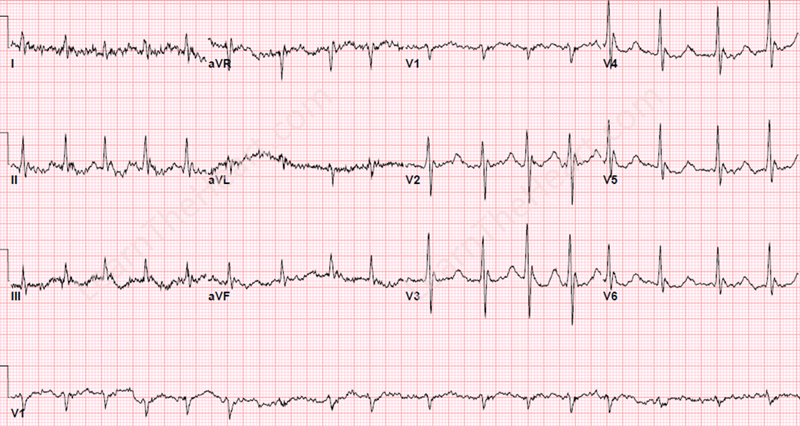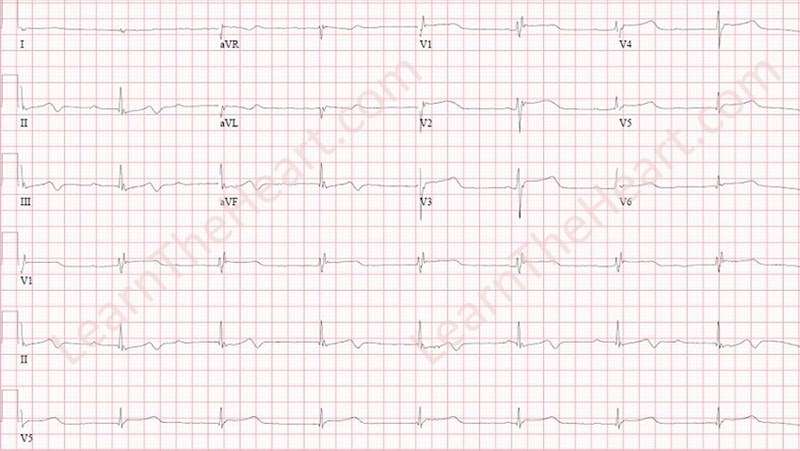Beware the Frozen Heart - ECG Case #4
Here is a case dedicated to my daughter, Kaylin.
A previously healthy, 18-year-old female is carried in by a funny looking, little round white guy with a pointy, orange nose after being found unconscious. Apparently, she had just been on a long journey and had an argument with her sister.

Her heart rate is 95 bpm, respiratory rate is 8, and blood pressure is 70/30 mm Hg. Heart sounds are normal and there are no murmurs noted on examination.
Her ECG is below:

This ECG has many findings consistent with hypothermia. The classic finding is the “Osborne wave,” otherwise known as a “J wave.” This is a notch in the downward part of the R wave in the QRS complex. J waves can been seen in other scenarios as well, specifically in hypercalcemia with a short QT interval.

Note the shivering artifact seen throughout the ECG, as well. Some other findings in hypothermia include bradycardia, sometimes including heart block, ST and T wave abnormalities and low voltage. Here the above ECG is annotated to show the Osborne wave and shivering artifact:
Check out this ECG from a patient found intoxicated outside in the freezing cold:

Looks like an anterior MI as well as complete heart block (see the P waves in lead II which demonstrate “AV dissociation”), but there was no MI present, just hypothermia and the ECG returned to normal as the patient was slowly warmed up.
Lesson learned: Don’t irritate sisters with magic powers that can freeze your heart!
Editor’s note: This Blog was originally published on learntheheart.com.
